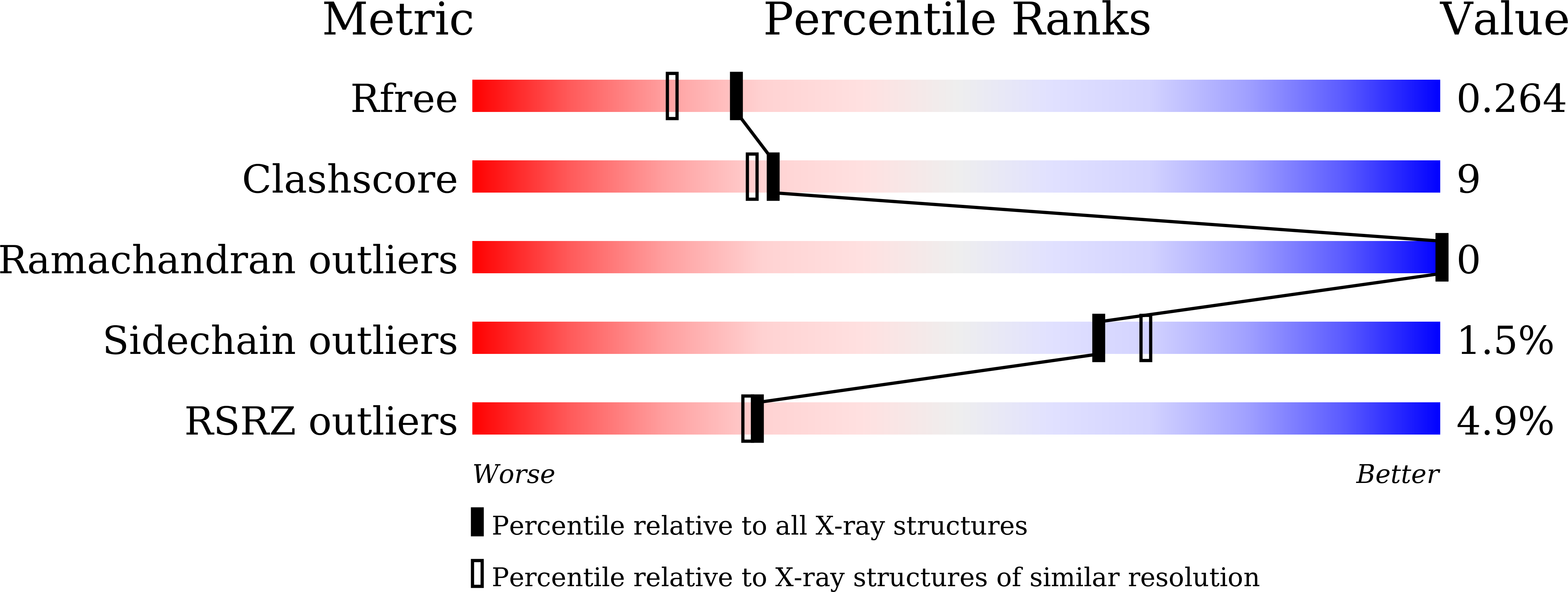
Deposition Date
2022-11-01
Release Date
2023-11-08
Last Version Date
2024-11-20
Entry Detail
PDB ID:
8HCK
Keywords:
Title:
NMR fragment-based screening against the two PDZ do-mains of MDA-9
Biological Source:
Source Organism:
Homo sapiens (Taxon ID: 9606)
Host Organism:
Method Details:
Experimental Method:
Resolution:
2.00 Å
R-Value Free:
0.26
R-Value Work:
0.23
R-Value Observed:
0.23
Space Group:
P 41 2 2


